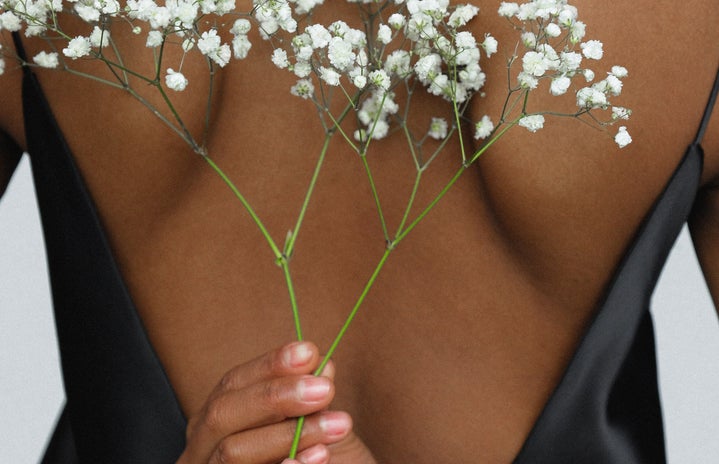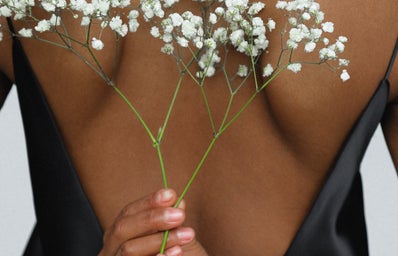Hiraeth /ˈhirˌīTH/
noun
A homesicknesses for a home to which you cannot return, a home that maybe never was; the nostalgia, the yearning, the grief for the lost places of your past.
If someone were to call me a wistful romanticizer of life, they would be quite spot on. Whether it be the expression-filled cadences that tattered the pages of my piano books, the endearing nuances I devoured in the scenes of Indian rom-coms as a doe-eyed child, or my intense fixation towards the art of writing through a mini poetry notepad as a Kindergartner, I have always been one to lean in towards the pathos of life. In other words, I hold on to every memory and every object from my past. Some may say I’m a hoarder, but I’d like to think that I cherish every version of me as I shed off past selves and embrace whatever future me has in store. But this process isn’t as easy or glorified as it sounds.
Give me back my girlhood, it was mine first.
Taylor Swift in Would’ve, Could’ve, Should’ve
More specifically, the transitional phase between girlhood and womanhood is a complex and challenging journey. As a young girl, I looked forward to switching out my plastic Disney princess heels for stilettos, being able to wear beautiful makeup that every covergirl would be able to pull off, and the fervent desire to live in my own apartment as I navigate a bustling, city life in my mid-20s. In other words, the girlhood to womanhood transition is a time when two distinct identities converge, leaving us feeling drained and uncertain, not only about ourselves but also about our interactions with those around us. During this period, we often find ourselves trying to distance ourselves from our girlhood, eagerly pursuing the promises of freedom that womanhood seems to offer.
In our earnest attempt to follow the women around us, we begin to adopt the conventions of womanhood. We observe the behaviors of women in movies, learn about the roles women play in the workplace, grasp the expectations associated with womanhood, and practice relentlessly. We take pride in our determination and strength as we strive to embody the essence of a woman. In the process, we often leave behind the girl within us, driven by the belief that success as a woman requires us to abandon the vulnerabilities of our girlhood. Because how could the naive girl we left behind so long ago face such challenges? Before we even have time to come to terms with all of this, we end up realizing that we hardly have any moments left for the playful innocence of girlhood.
Ultimately, I have come to understand that being society’s version of a “woman” means adhering to a set of rules dictated by others, primarily established by the patriarchy. These rules often remain unspoken and invisible, imposing rigid expectations on how we should look, behave, and navigate the changes in our bodies and relationships. We internalize the idea that the only way to survive this complex terrain is by toughening ourselves, trying to be everything all at once—elegant yet strong, resilient yet not overly so—while constantly being aware of how we are perceived by the world.
I’m just so tired of watching myself and every single other woman tie herself into knots so that people will like us. And if all of that is also true for a doll just representing women, then I don’t even know.
America Ferrera in Barbie
In my blind quest to live up to this broken and distorted version of womanhood, perhaps I overlooked the essence of my precious girlhood. Perhaps I forgot what it felt like to carelessly run around a playground with sharp ends of woodchips nagging at the soles of my feet, a time when the only weight I was concerned with had to do with the books in my backpack rather than a number on a weighing scale, the carefree privilege of being able to walk around my neighborhood at night without tightly clutching on to my pepper spray, or the blissful ignorance of not being concerned with society’s criticalities regarding the beauty standard.
Despite it all, the wounded girl in me still believes. I believe in the power of recognizing the women who have always been aware of the hidden truths of girlhood’s transition to womanhood, and I believe that these women refuse to conform to societal norms. When I observe these women, I see resilience. I see women who aren’t consumed by societal expectations, and it serves as a reminder that the world becomes a more positive place when we fully embrace the wonderful aspects of femininity while preserving our inner girlhood.
However, I can’t help but mourn as I think: somewhere in all these years of living, I have attended the many funerals of who I once was.


